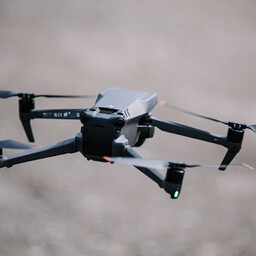Currently, funding is available for the initial drone detection system on the eastern border. Planned developments will be completed by the end of 2027, Taro told ERR. Estonia received over 22.7 million euros from the European Commission. Of this, 18.3 million euros will go towards building the drone wall on the eastern border and land border surveillance. 4.5 million euros will be used to create a drone detection prototype in Narva.
In total, 79 million euros have been allocated from the EU and national co-financing for the border. The majority of the funding will go to projects of the Police and Border Guard Board. Taro emphasized that technology is developing rapidly. In addition to funded developments, new solutions are needed. Funding must be continuously sought from open calls for proposals.
Taro added that the work will continue to bring down drones from the sky. The drone wall is an important part of national defense. Everything related to the border is a priority for the interior minister. The experience of Ukraine has shown how important it is to detect and counter drones. The drone wall is not just a technical development but a nationwide network. It is a major investment that will pay off to avoid human casualties.
Police and Border Guard Board expert Hanna Heier said that the lack of EU funding will not significantly affect the project. The project will continue, seeking other funding opportunities. For the development of drone detection, there are already two different funding sources and a state budget until the end of 2027. In total, there are 17 million euros available.
The drone wall project is moving forward as planned. Currently, market research and technical descriptions are being conducted. Meanwhile, a public procurement will be announced for the acquisition of detection and countermeasure devices. In 2026, the procurement and installation of the devices will begin. The funding that would have come from the EU would have been used for cooperation.
The goal of the project was to develop cooperation with partners facing similar problems. Heier said that the drone wall will create drone detection and countermeasure capabilities for Estonia's eastern border and four major cities: Tallinn, Narva, Tartu, and Pärnu. The first goal is to protect objects guarded by the police from threats arising from drones. The Estonian-Russian border will also be protected against crimes such as smuggling. Mobile devices will ensure people's safety and readiness in the event of high-risk events, such as the Song Festival. The police will also cooperate with the defense forces.

